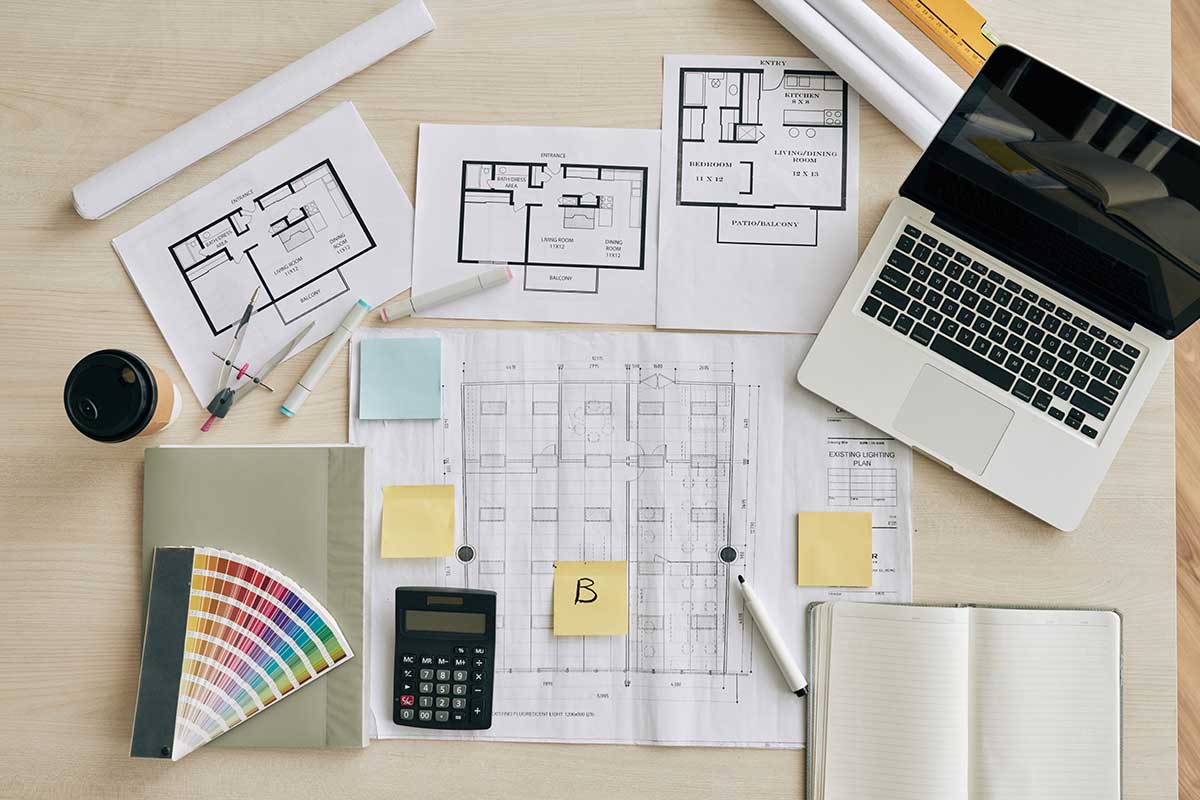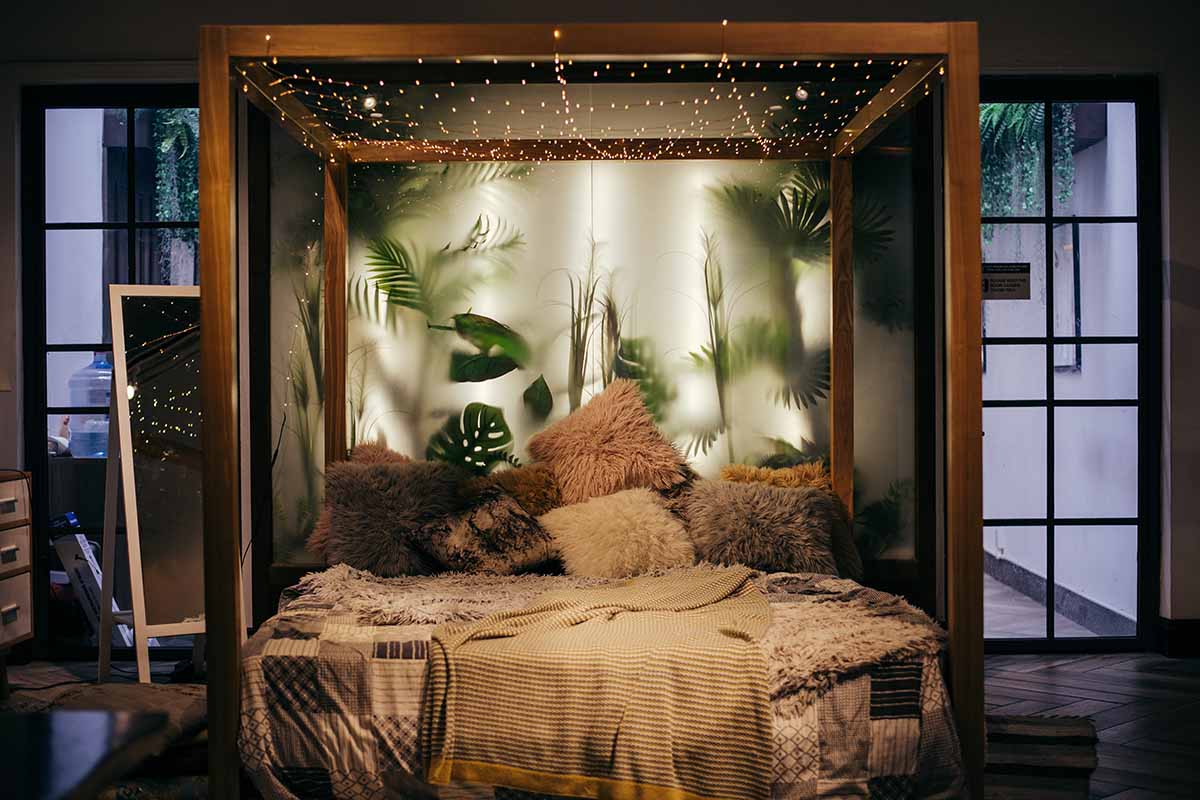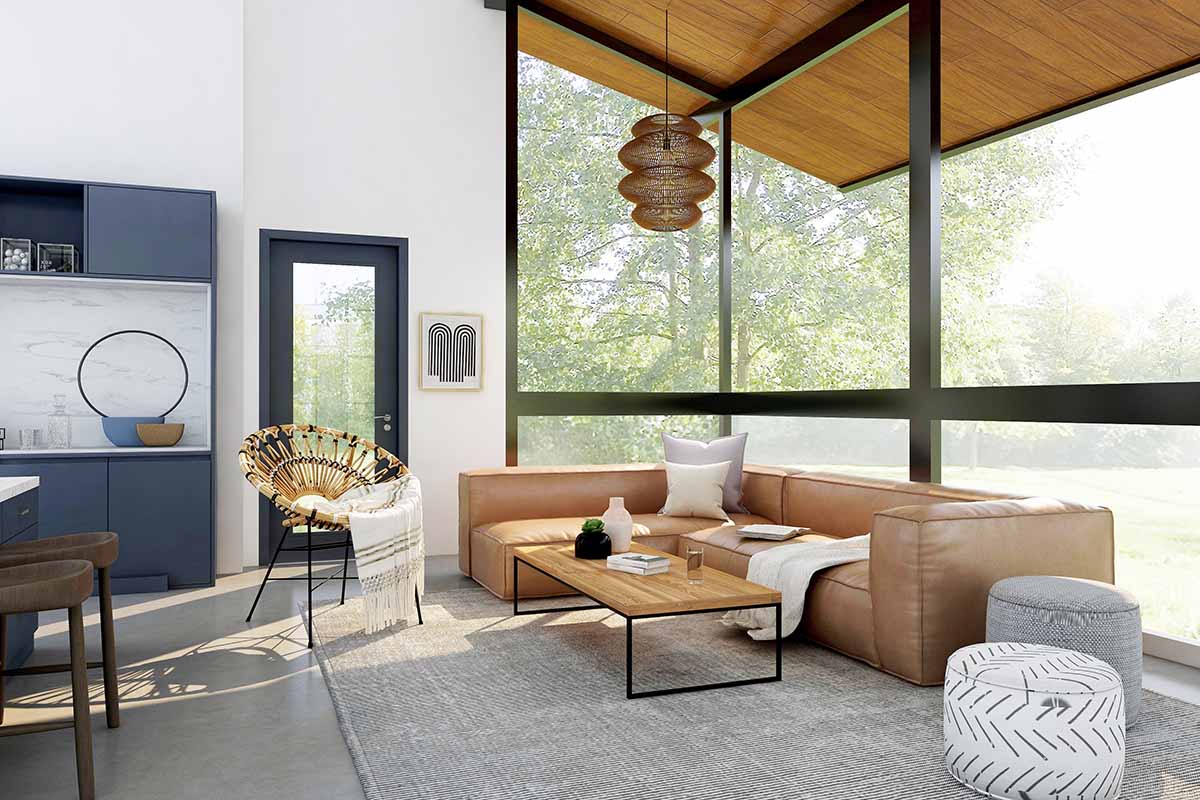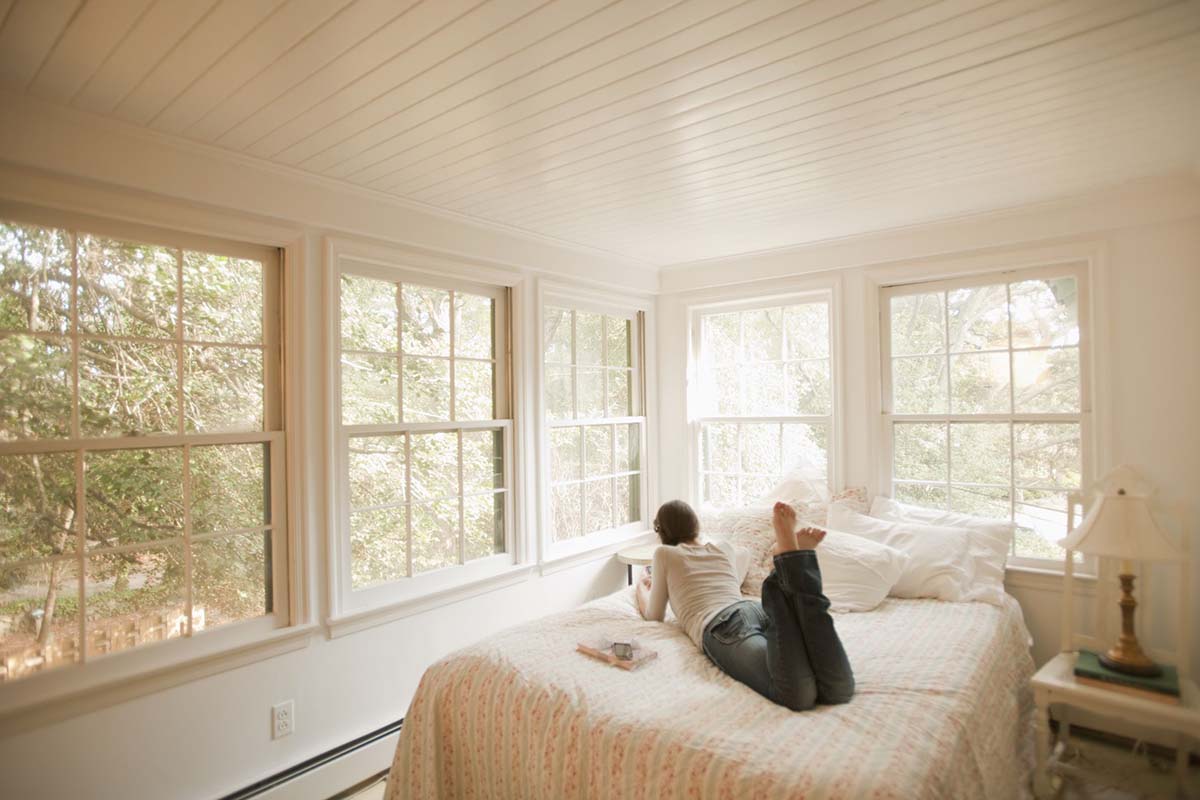Process of Home Renovation: Should And Shouldn’t Spend On When Renovating
Home renovation can be one of the most exciting events when you buy a new house. Unfortunately, it can also be very stressful, especially if you’re on a tight budget. How exactly do we renovate our home? Well, here’s a good read about the process of home renovation, which will help you prepare before and after the renovation.
Like any proud designer, you undoubtedly have a list of designs, fabrics, or furniture to integrate into your dream home. However, setting everything up will not always be as how you planned it to be. Also, not everything should be spent on, especially when you need to control the money you’re spending. Before anything else, one should learn how to separate their needs from what one wants. Here’s a guide to help you decide what to spend on when renovating your house.
Furniture
YES. You don’t have to go all out with designer labels like handyman keller tx but look for furnishings that are well made of solid wood and other materials of quality and those made with thorough carpeting and not cheap technology. If you don’t plan to change your furniture every year, you should purchase a decent piece of furniture. Durable couches, chairs, tables, etc., will usually last years. In fact, you can pass them on to your children if such are still in good shape.
Process of Home Renovation: Carpentry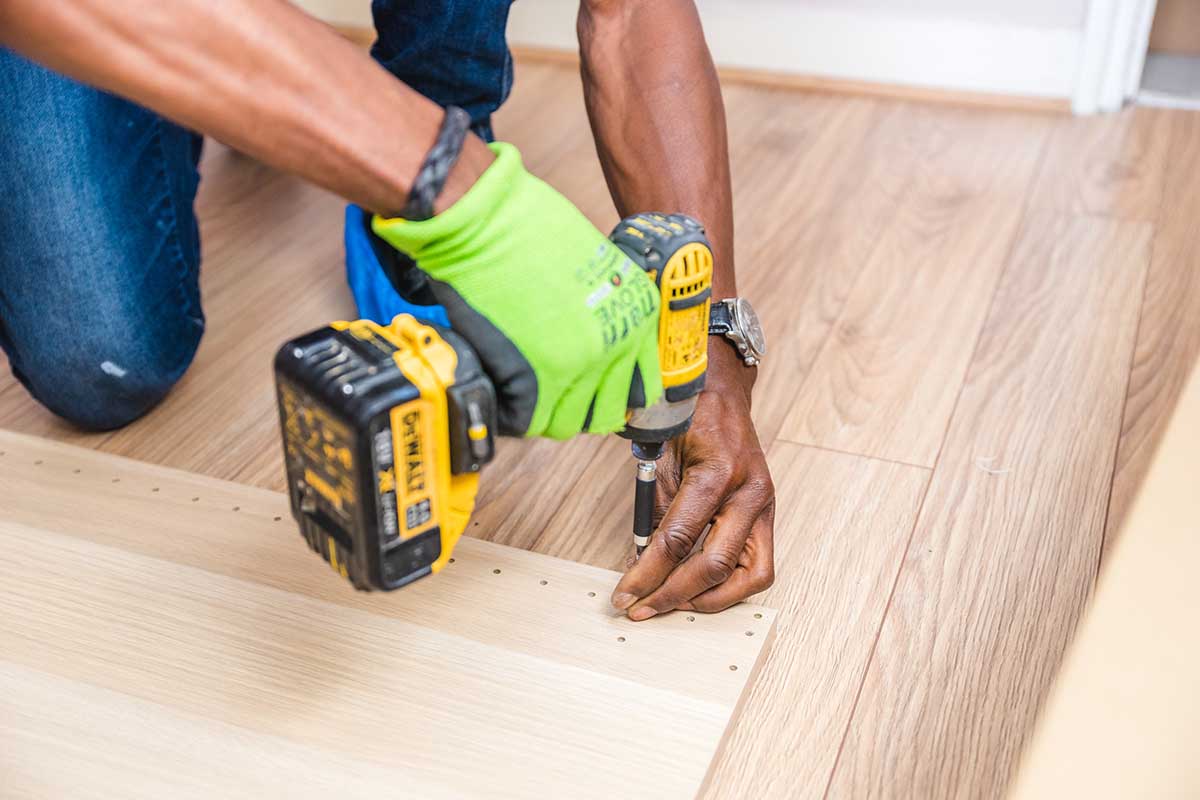
Carpentry is always a part of home renovation but what’s unnecessary to spend on is the materials to be used. If you’re on a tight budget, you’d have to stick to cheaper but quality materials instead of going for stylish ones. Choose laminate and practical designs for a plain or simple wood grain look instead of various finishes or textures and designs with inserted details or special forms. Basic integrated wardrobes and kitchen counters cost approximately 300 dollars per foot – so you should at least spend several thousand dollars on a particular design. Limit custom furnishings, too.
Flooring
First of all, if you can preserve the current flooring, you can save a lot because the material and labor costs of hacking, screening, and floor finishes can be avoided. But, when you need new flooring, make choices like concrete grit (approximately three dollars a square foot), laminate flooring (approximating $4 square feet), tiles (approximately $11 per square foot), or even vinyl, which is 7 dollars a square foot, and natural stone and wood that may be costly.
Kitchen systems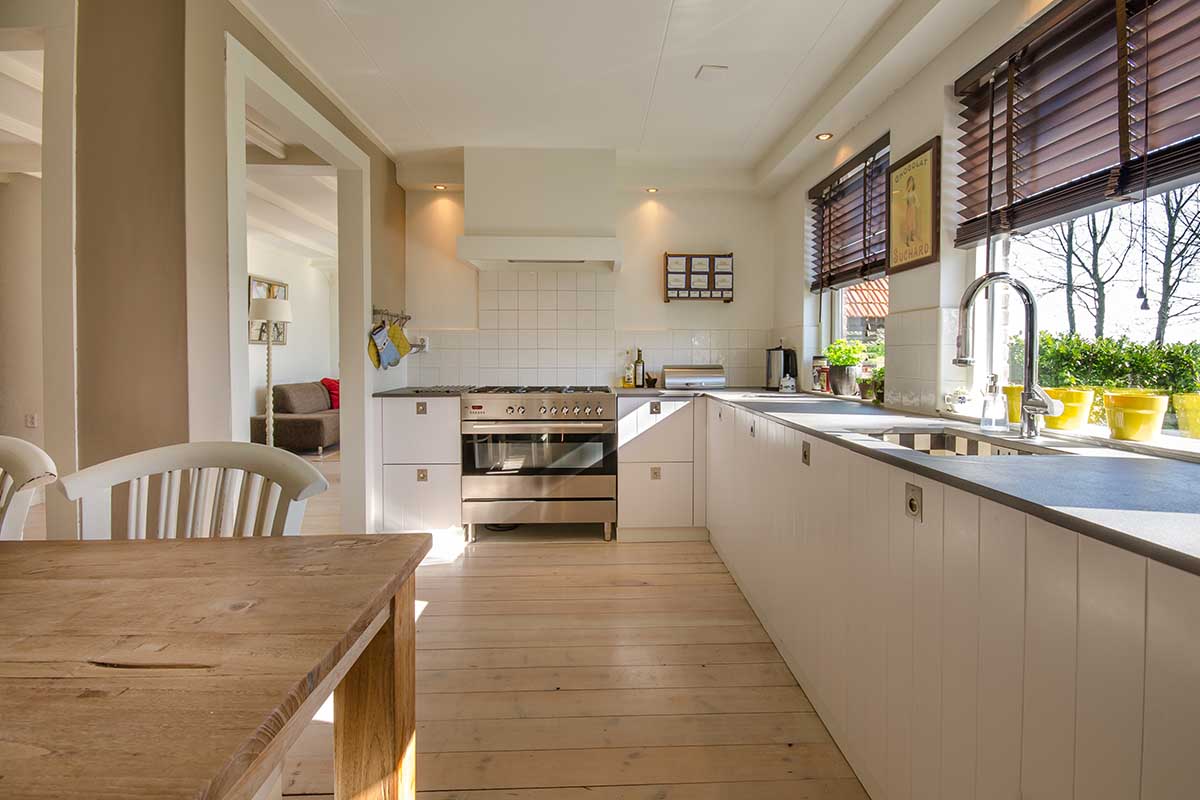
YES. When choosing a kitchen system, you can either go for a branded or generic one. If you want to stick to your budget and avoid extra expenses, you can always go for a cheaper generic one, but the quality is not guaranteed. It would help if you still did your quality control when buying stuff for your house since, most likely, these things will stay in your house for years.
Branded kitchen systems have been specifically designed and constructed to meet particular design specifications. Like kitchen and cabinet doors which we open and close from time to time, we need to make sure that it’s made out of quality materials to ensure their durability. Before buying high-end kitchen tools like mixers and coffee brewing equipment, you should focus on quality immovable things like countertops and the sink.
Demolition Works
Avoid or at least reconsider tearing down walls when you have a very tight budget. It cost about $50 to demolish each foot’s walls, so it could cost around $1,500 or more to remove the walls of one bedroom. The money you’ll be spending on this can be used for other important things such as plumbing or electricity wiring, or even a decent piece of furnishing. Besides, you might turn that extra room into a workspace or something else as time goes by. If you’re fully decided on tearing down a wall, you can always do that later on in the future when you have extra money again.
Lighting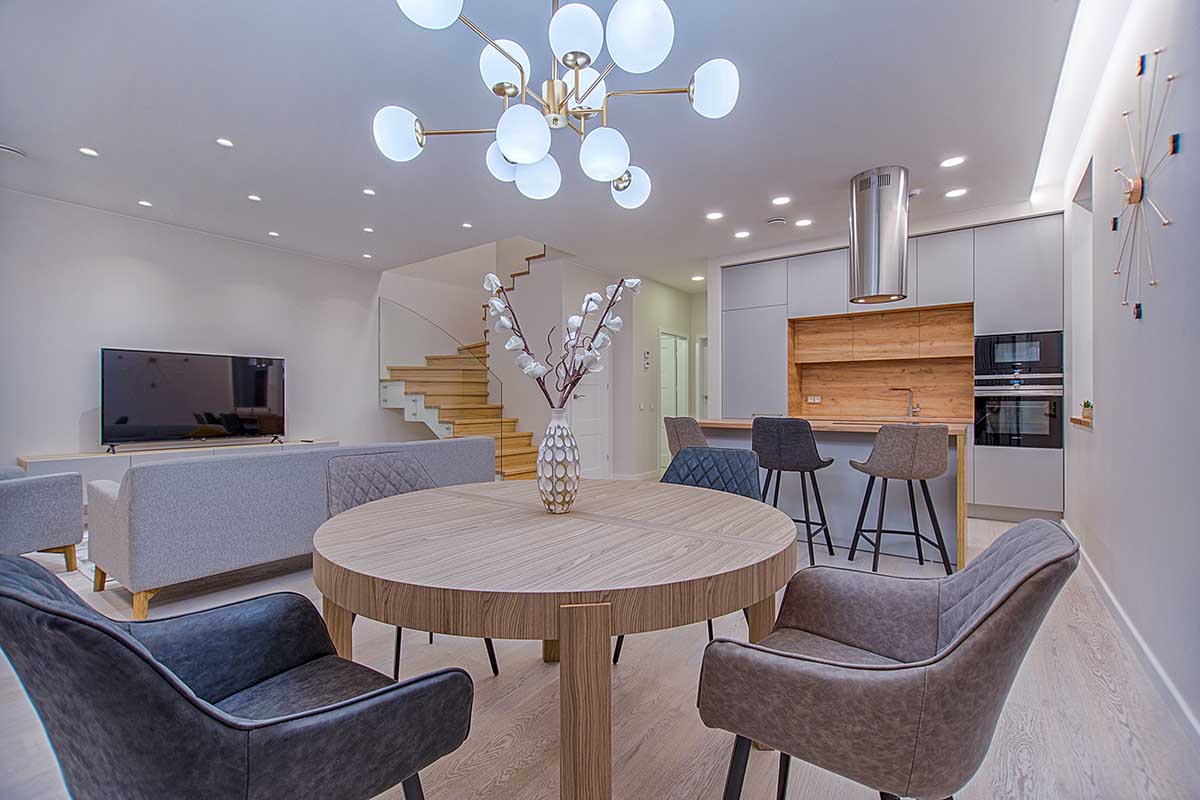
YES. Lighting is like gems for your home, but it’s important because it controls the space’s mood. Well-designed devices to minimize glare is worth it. You don’t even need many light sources to create the perfect lighting for your home if you plan to light carefully to balance costs, invest in some key parts to create focal points and go to basic, more cost-effective designs.
Bathroom Fixtures
YES. Contrary to budgeted fittings and fixtures, specialist brands were created for being sturdy and water-efficient without compromise in terms of aesthetic value. Also, your bathing experience should be to your liking. Sinks, baths, and shower accessories can also be difficult to replace, as similar styles or sizes have to be found to fit the existing design. It will also be impossible to do hacking work later to fit new ones.
